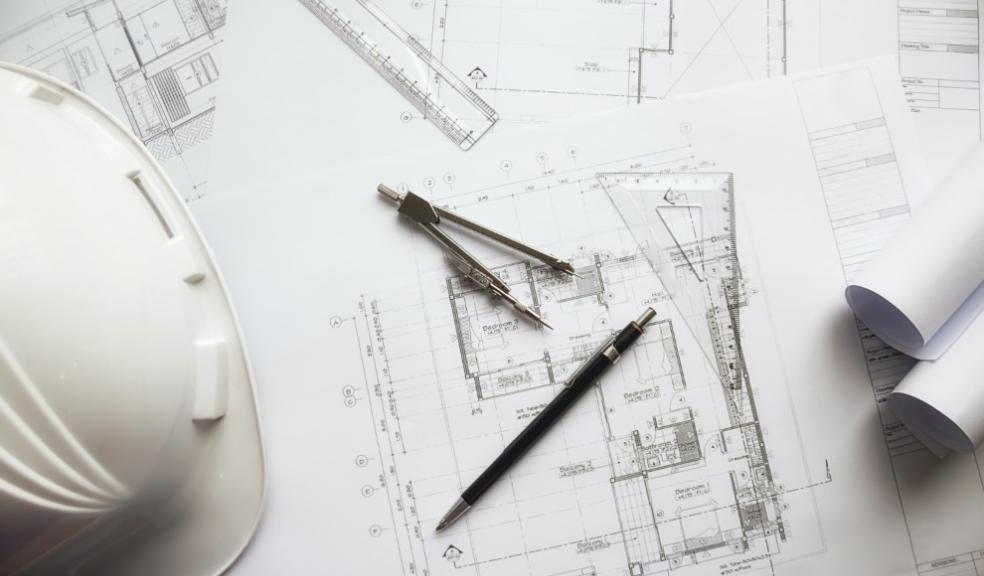
The Essential Guide to Planning Permission in the UK: Understanding the Process, Regulations and Best Practices
Obtaining planning permission is a crucial step for property owners, developers, and architects looking to construct, extend, or alter buildings in the UK. Navigating the planning permission process can be complex, but a thorough understanding of building regulations and procedures involved can help ensure a smooth journey from application to approval.
In this comprehensive guide, we'll explore the ins and outs of planning permission in the UK, highlighting key aspects of the process and offering tips for a successful application.
For the best outcome, we’d always recommend consulting a professional surveyor like Simmons Taylor Hall.
-
What is Planning Permission?
Planning permission is a formal approval granted by local planning authorities, allowing property owners to carry out specific building work or change the use of land or buildings. The planning system is designed to regulate the development of land and buildings, ensuring that it aligns with local planning policies, and takes into consideration the impact on the environment, heritage, and the community.
When is Planning Permission Required?
Planning permission is generally required when you plan to:
A. Construct a new building
B. Make significant extensions or alterations to an existing building
C. Change the use of a building or land
However, some types of work fall under 'permitted development rights,' which allow property owners to carry out specific work without needing planning permission, subject to certain conditions and limitations.
Understanding Permitted Development Rights
Permitted development rights grant homeowners and developers the authority to carry out specific work without applying for planning permission. These rights vary depending on the type and location of the property, but generally include:
A. Small extensions or alterations to residential properties
B. Certain types of changes in the use of land or buildings
C. Some agricultural and forestry work
It's essential to check with your local planning authority to determine whether your proposed work falls under permitted development rights or if you need to apply for planning permission.
Submitting a Planning Permission Application
To apply for planning permission, you'll need to submit an application to your local planning authority, typically through the online Planning Portal. The application should include:
A. A completed application form
B. Plans and drawings of the proposed work
C. A Design and Access Statement (if required)
D. Any relevant supporting documentation.
E. The appropriate application fee
Once submitted, the planning authority will review your application, consult with relevant stakeholders, and assess the proposal against local planning policies.
Public Consultation and Decision-Making
During the planning permission application process, local planning authorities will often consult with neighbours, community groups, and other interested parties to gather feedback on the proposed work. This consultation process allows stakeholders to voice their concerns or support, which the planning authority will consider when making their decision.
Planning decisions are typically made within eight weeks for smaller projects and 13 weeks for larger or more complex proposals. However, this timeline may vary depending on the specifics of the application and any additional information or consultation required.
Tips for a Successful Planning Permission Application
To improve the chances of a successful planning permission application, consider the following tips:
A. Research local planning policies: Familiarise yourself with your local planning authority's policies and guidelines to ensure your proposal aligns with their requirements.
B. Engage with neighbours and the community: Discuss your plans with neighbours and the local community to address any concerns and gather support before submitting your application.
C. Consult with professionals: Seek advice from architects, planning consultants, or a planning solicitor to ensure your application is comprehensive and compliant with all relevant regulations.
D. Provide high-quality plans and documentation: Detailed, accurate plans and supporting documentation will help the planning authority better understand your proposal and make an informed decision.
Conclusion
Planning permission is a vital aspect of property development in the UK, ensuring that land and buildings are developed in a way that benefits the environment, local community, and heritage. By understanding the planning permission process, regulations, and best practices, property owners, developers, and architects can successfully navigate the system and obtain the necessary approvals for their projects.
Being well-prepared and informed about local planning policies, engaging with neighbours and the community, and seeking professional advice can significantly improve the chances of a successful planning permission application. Moreover, understanding permitted development rights can save time and resources by enabling property owners to carry out certain work without needing to apply for planning permission.
In conclusion, a thorough understanding of planning permission in the UK is crucial for anyone looking to construct, extend, or alter buildings. By following the guidelines and procedures set out by local planning authorities and taking a proactive, informed approach to the application process, property owners and developers can ensure that their projects align with local policies, minimize potential disputes, and contribute positively to the built environment.









